Aerojet Rocketdyne Says RS-25 Engines Are Cheaper – Just Don't Ask What They Cost

Aerojet Rocketdyne defends SLS engine contract costs, Space News
“Maser declined to give the cost of an individual engine alone, without the additional labor and overhead. “There’s a lot of other activity included in there that is well beyond just assembling and testing engines,” he said. The $40 million cost estimate widely cited for the SSME does not have a date attached. If it comes from 2000, around the time the Block 2 SSME design was in production, that $40 million would be about $64 million in 2020 dollars, using NASA’s New Start Inflation Index. If it comes from 1980, just before the shuttle started operations, it would be nearly $150 million in 2020 dollars. While not providing a specific cost for an RS-25, the contract includes an estimated 30% reduction in the cost per engine when compared to the SSME, which he said would be phased in over the course of the production contract.”
 Keith’s note: On one hand Aerojet wants you to think that they are doing everyone a favor by cutting the cost of their RS-25 engines – yet on the other hand they refuse to tell you how much each engine costs. Caveat emptor
Keith’s note: On one hand Aerojet wants you to think that they are doing everyone a favor by cutting the cost of their RS-25 engines – yet on the other hand they refuse to tell you how much each engine costs. Caveat emptor
– Only NASA Would Spend Billions To Make A Reusable Engine Disposable, earlier post



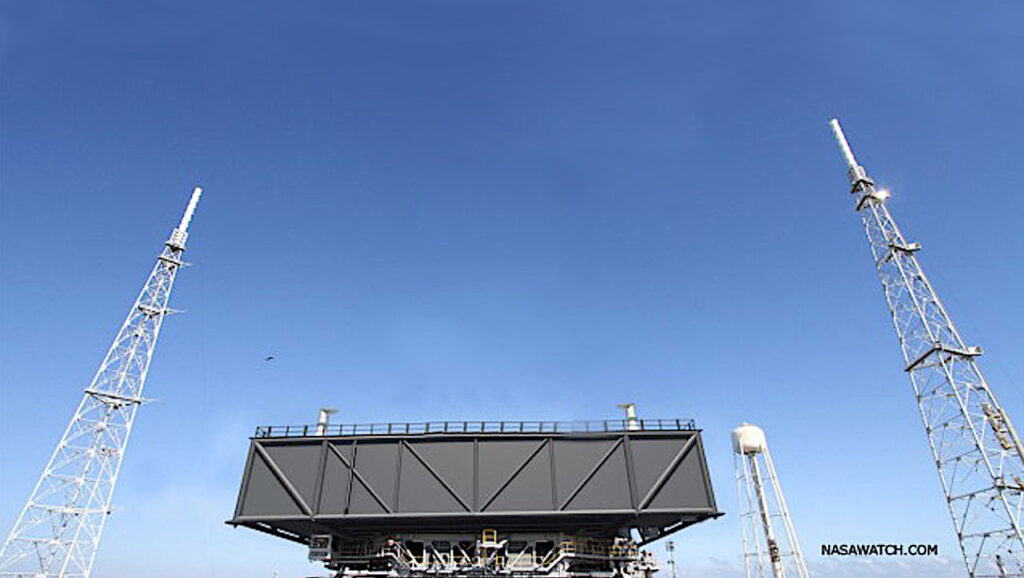
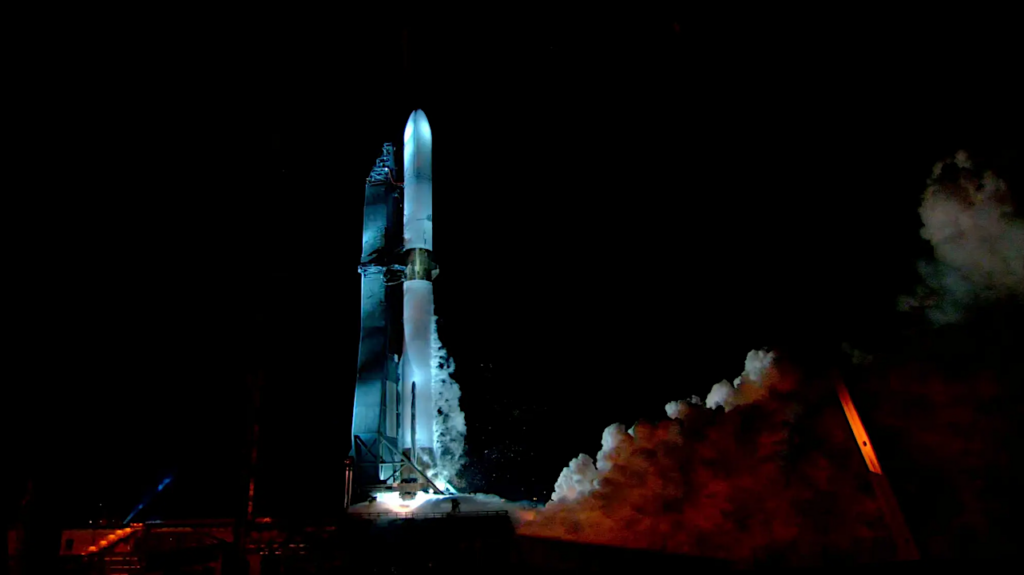
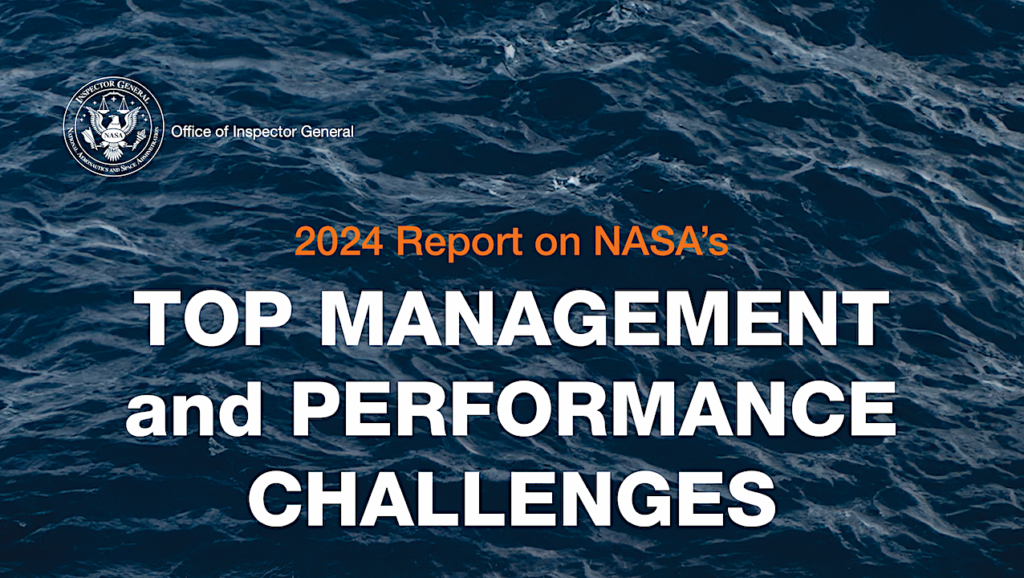
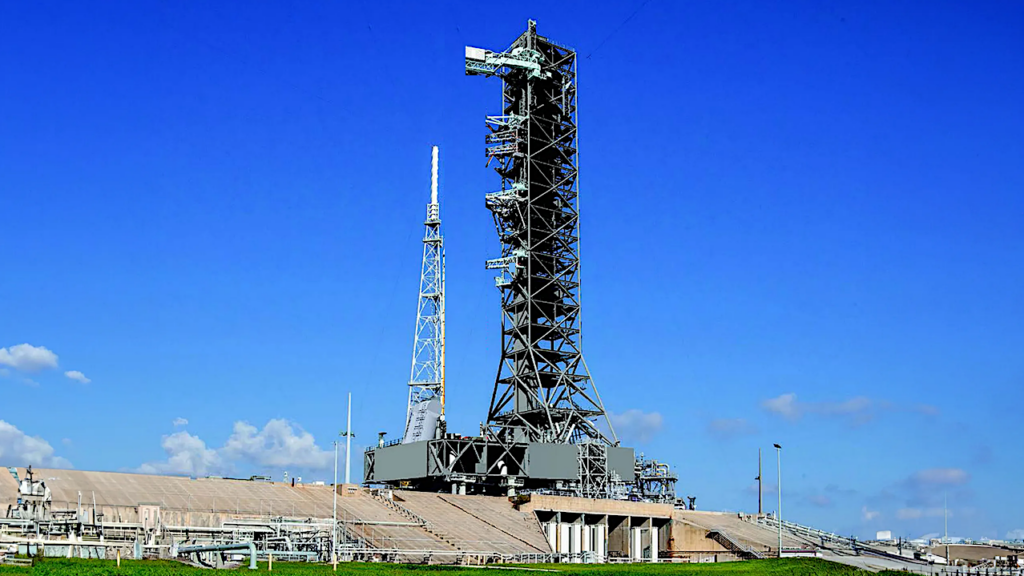
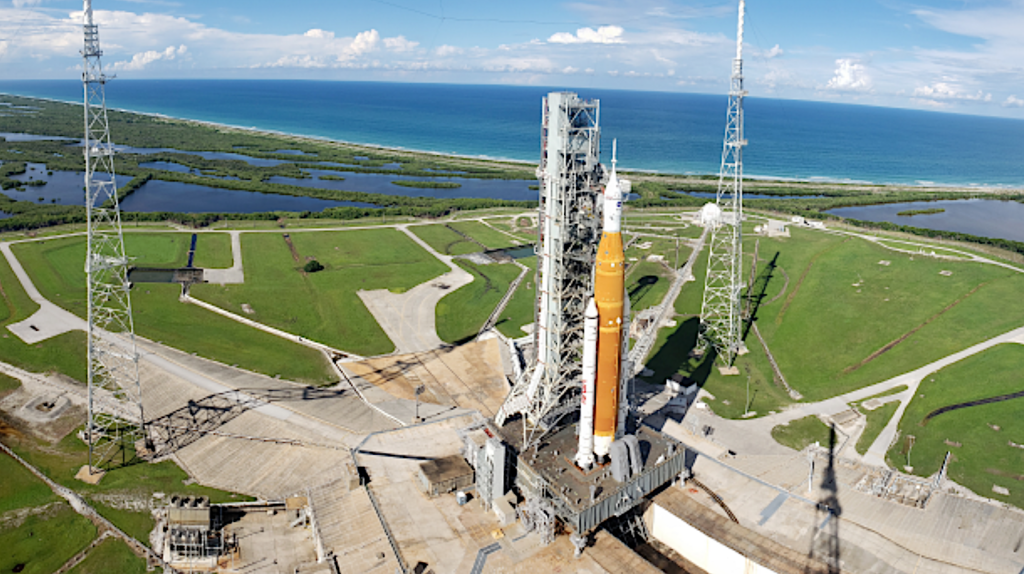

“”Maser declined to give the cost of an individual engine alone, without the additional labor and overhead….””
I can tell you what that cost is. It’s $56.23 per engine. But, you know, NASA signed a contract for a bit more than that, and by golly, Aerojet Rocketdyne is going to get what the contract says. Each one costs more than an entire Falcon Heavy.
It’s astounding that these engines, originally designed to be reused, will be used exactly once and then meet a watery grave.
$146,000,000 for one NASA funded RS-25 Disposable engine using 1970’s technology that produces 1,859 kN of thrust
$500,000 for one SpaceX developed Raptor Reusable engine using 2019 technology that produces 2,500 kN of Thrust.
For the cost of the four RS-25 engines on a single SLS booster that is tossed away SpaceX would be able to build 1,168 Raptors capable of powering a fleet of 31 resusable Starship/Super Heavy launch vehicles. Actually since one Super Heavy Booster will probaby support 6 or more Starships its more like 17 Super Heavy Boosters and 102 Starships…
Does anything more need to be said?
I’m hoping the era of the LOX/LH2 sea level to vacuum engine is over. LH2 has far too low of a bulk density for use in lower stages. It requires bigger tanks, plumbing, turbopumps, and etc. All of that seems to negate its higher ISP when it’s being used at sea level (where thrust to weight is more important in order to get up and out of the atmosphere as quick as possible in order to minimize gravity losses).
Kerosene and high test peroxide, especially for disposable boosters.
High purity hydrogen peroxide isn’t something I’d personally want to mess with. LOX is arguably a pain to work with, but it’s also super cheap (since it’s made from air) and doesn’t pose the same safety issues with decomposition that peroxide does.